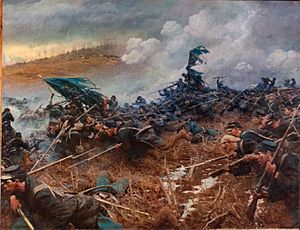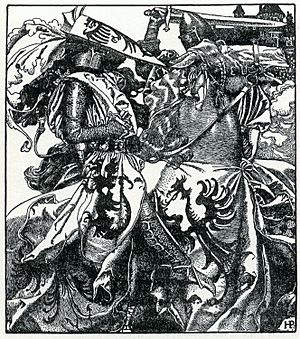Howard Pyle facts for kids
Quick facts for kids
Howard Pyle
|
|
|---|---|
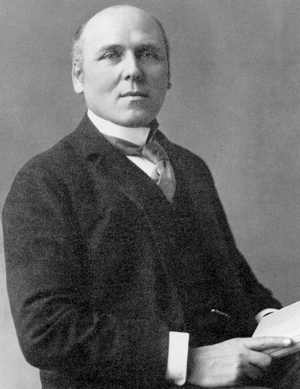 |
|
| Born | March 5, 1853 |
| Died | November 9, 1911 (aged 58) |
| Nationality | American |
| Known for | Illustration, Writing for children |
|
Notable work
|
The Merry Adventures of Robin Hood Otto of the Silver Hand Men of Iron |
| Spouse(s) | Anne Poole |
Howard Pyle (March 5, 1853 – November 9, 1911) was an American illustrator and author, primarily of books for young people. He was a native of Wilmington, Delaware, and he spent the last year of his life in Florence, Italy.
In 1894, he began teaching illustration at the Drexel Institute of Art, Science, and Industry (now Drexel University). After 1900, he founded his own school of art and illustration named the Howard Pyle School of Illustration Art. Scholar Henry C. Pitz later used the term Brandywine School for the illustration artists and Wyeth family artists of the Brandywine region, several of whom had studied with Pyle. He had a lasting influence on a number of artists who became notable in their own right; N. C. Wyeth, Frank Schoonover, Thornton Oakley, Allen Tupper True, Stanley Arthur, and numerous others studied under him.
His 1883 classic publication The Merry Adventures of Robin Hood remains in print, and his other books frequently have medieval European settings, including a four-volume set on King Arthur. He is also well known for his illustrations of pirates, and is credited with creating what has become the modern stereotype of pirate dress. He published his first novel Otto of the Silver Hand in 1888. He also illustrated historical and adventure stories for periodicals such as Harper's Magazine and St. Nicholas Magazine. His novel Men of Iron was adapted as the movie The Black Shield of Falworth (1954).
Pyle travelled to Florence, Italy in 1910 to study mural painting. He died there in 1911 of a sudden kidney infection (Bright's disease).
Life
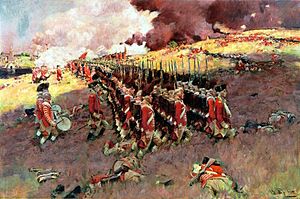
Howard Pyle was born in Wilmington, Delaware, the son of William Pyle and Margaret Churchman Painter. As a child, he attended private schools and was interested in drawing and writing from a very young age. He was an indifferent student, but his parents encouraged him to study art, particularly his mother. He studied for three years at the studio of F. A. Van der Wielen in Philadelphia, and this constituted the whole of his artistic training, aside from a few lessons at the Art Students League of New York.
In 1876, he visited the island of Chincoteague off Virginia and was inspired by what he saw. He wrote and illustrated an article about the island and submitted it to Scribner's Monthly. One of the magazine's owners was Roswell Smith, who encouraged him to move to New York and pursue illustration professionally. Pyle initially struggled in New York; his lack of professional experience made it difficult for him to translate his ideas into forms for publication. He was encouraged by several working artists, however, including Edwin Austin Abbey, A. B. Frost, and Frederick S. Church.
He finally published a double-paged spread in the Harper's Weekly issue of March 9, 1878 and was paid $75—five times what he had expected. He became increasingly successful and was an established artist by the time that he returned to Wilmington in 1880. Pyle continued illustrating for magazines. He also collaborated on several books, particularly in American history. He wrote and illustrated his own stories, beginning with The Merry Adventures of Robin Hood in 1883. This book won international attention from critics such as William Morris. Over the following decades, he published many more illustrated works for children, many of which are still in print today.
Pyle married singer Anne Poole on April 12, 1881, and the couple had seven children. In 1889, he and his wife sailed to Jamaica, leaving their children in the care of relatives. While they were overseas, their son Sellers died unexpectedly. This loss likely inspired his children's book The Garden Behind the Moon, which is about death and bears the dedication: "To the little Boy in the Moon Garden This Book is dedicated by His Father."
From 1894 to 1900, he taught illustration at the Drexel Institute. In 1900, he created his own school in Wilmington where he taught a small number of students in depth. In 1903, Pyle painted his first murals for the Delaware Art Museum. He took up mural painting more seriously in 1906 and painted The Battle of Nashville in the state capitol of Minnesota, as well as two other murals for courthouses in New Jersey (the Essex and Hudson County Courthouses).
Pyle developed his own ideas for illustrating pirate dress, as few examples existed of authentic pirate outfits and few, if any, drawings had been preserved. He created a flamboyant style incorporating elements of Gypsy dress. His work influenced the design of costumes for movie pirates from Errol Flynn to Johnny Depp. It has been noted as highly impractical for working sailors.
In 1910, Pyle and his family went to Italy where he planned to study the old masters. Suffering poor health, he felt depressed and drained of energy. After one year in the country, he suffered a kidney infection and died in Florence at the age of 58.
Major works
Pyle wrote and illustrated a number of books, in addition to numerous illustrations done for Harper's Weekly, other periodical publications, and various works of fiction for children.
The Adventures of Robin Hood
Pyle synthesized many traditional Robin Hood legends and ballads in this work, while toning them down to make them suitable for children. For instance, he modified the late 17th Century ballad "Robin Hood's Progress to Nottingham", changing it from Robin killing fourteen foresters for not honoring a bet to Robin defending himself against an attempt on his life by one of the foresters. Pyle has Robin kill only two men, one who shoots at him first when he was a youth, the other a hated assassin named Guy of Gisbourne whom the Sheriff sent to slay him. Tales are changed in which Robin steals all that an ambushed traveler carried, such as "Robin Hood and the Bishop of Hereford", so that the victim keeps a third and another third is dedicated to the poor.
Pyle did not have much concern for historical accuracy, but he renamed the queen in the story "Robin Hood and Queen Katherine" as Eleanor (of Aquitaine). This made her compatible historically with King Richard the Lion-Hearted, with whom Robin eventually makes peace.
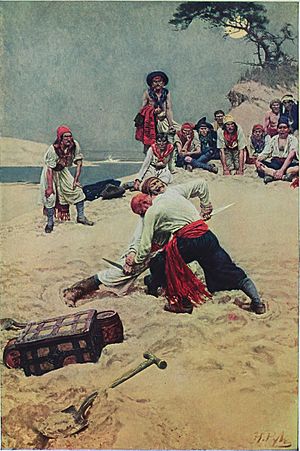
Many of the tales in the Robin Hood book dated to the late Middle Ages. His achievement was to integrate them into a unified story, which he also illustrated. For example, he included "Robin Hood and the Curtal Friar" in the narrative order to reintroduce Friar Tuck. He needed a cooperative priest for the wedding of outlaw Allan a Dale) to his sweetheart Ellen. In the original "A Gest of Robyn Hode", the life is saved of an anonymous wrestler who had won a bout but was likely to be murdered because he was a stranger. Pyle adapted it and gave the wrestler the identity of David of Doncaster, one of Robin's band in the story "Robin Hood and the Golden Arrow." In his novelistic treatment of the tales, he thus developed several characters who had been mentioned in only one ballad, such as David of Doncaster or Arthur a Bland.
Men of Iron
Men of Iron is an 1891 novel about squire Myles Falworth who hopes to become a knight, thereby redeeming his family's honor. His father was falsely implicated in a plot to kill King Henry IV. The adventure tale follows Myles through his intensive training for knighthood and ends with him becoming a knight and challenging the wicked Lord Brookhurst Alban to trial by combat.
The novel was adapted into the 1954 film The Black Shield of Falworth starring Tony Curtis and Janet Leigh.
Other works
- Otto of the Silver Hand, about the son of a robber baron during the medieval period.
- Rejected of Men: A Story of To-day (1903), setting the story of Jesus as if it had occurred during early twentieth-century America.
- The Wonder Clock (1887), a collection of twenty-four tales, one for each hour of the day. Each tale was prefaced by a whimsical verse telling of traditional household goings-on at that hour. His sister Katharine Pyle wrote the verses. Pyle created the tales based on traditional European folktales.
- Pepper and Salt, or Seasoning for Young Folk, traditional tales for younger readers which he also illustrated.
- After his death, a publisher collected a number of his pirate stories and illustrations and published them as Howard Pyle's Book of Pirates (1921).
See also
 In Spanish: Howard Pyle para niños
In Spanish: Howard Pyle para niños


